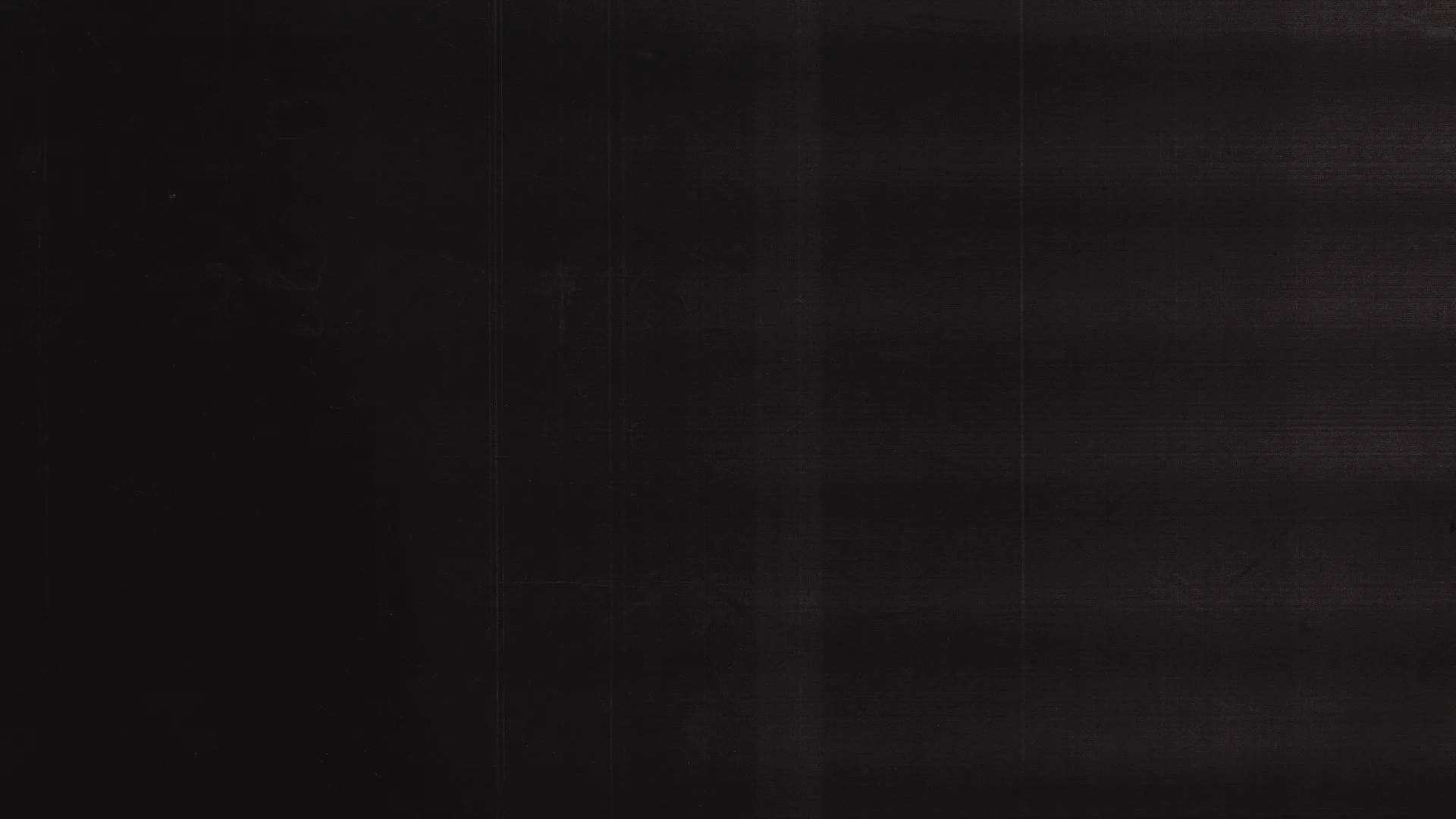
Head to Head:
Jeremy Cowart x Dave Powell
Story By: Cat Acree
Photography: Daniel Meigs
Nashville Design Week 2018
Picture your dream collaboration—the nature of that relationship, the mutual respect, humility, empathy, and, perhaps most of all, excitement. It might look a lot like what’s happening between Hastings Architecture Principal David Powell and award-winning photographer, artist, and entrepreneur Jeremy Cowart.
Jeremy Cowart (left) and Dave Powell (right.)
Jeremy Cowart, whose extensive list of accolades also includes speaker and published author, is currently working to build The Purpose Hotel, a for-profit hotel chain that’s in collaboration with nonprofit organizations. After Cowart’s successful Kickstarter campaign, David Powell brought the project to Hastings, where designs for the Nashville-based Purpose Hotel began to take form. Cowart is taking a hard look at the upscale hospitality industry, but he has also clearly found an enviable collaboration with Powell. The Nashville Design Week team wanted to hear these two creatives in conversation, so along with NDW members Lindsay DeCarlo and Cat Acree, Powell and Cowart shared their experiences, advice, and a peek into their working relationship.
David Powell–
Tell us about your first memories of being creative. Have you always been creative, or was it an a-ha moment?
Jeremy Cowart–
I was the youngest of three. My older two brothers were the stars. There wasn’t jealousy there; it was almost like they were my heroes. I was very content to not be the star. It was in seventh grade when I took my first art class. It’s not as though I was a master artist, but I was good enough to where I was like, oh, this is something I excelled at. At that point, I was not excelling at any academics whatsoever. So that was the first moment I was like, oh, I both enjoy this and I was good at it.
David–
You started with music, right?
Jeremy–
It was both, music and art. And then I had a band in college with my brothers.
David–
What was the name of the band?
Jeremy–
Threefold Chord. Terrible. Anyway, it was like they were the more talented, but I was the more discipline-focused. Once I could tell they weren’t as disciplined, I was like, alright, I’m out, I’m doing my art/design thing.
David–
Tell us about your first job and how that ended.
Jeremy–
Out of college, I worked down the road for Anderson Thomas Design. I loved being there. They were a big deal, and it was a big challenge. But I was not excelling, I was not learning quickly. They ended up firing me after probably about a year or so.
David–
What did he tell you when he let you go?
Jeremy–
I don’t remember the exact words, but what I heard was, “You’re not cut out for this. You’re not creative enough.” They suggested youth ministry. [Laughs]
David–
[Laughing] Because you’re really fun!
Jeremy–
It didn’t come across to me very well, but in hindsight, I needed that moment and needed somebody to tell me “no.” If I’m told “no,” it only pushes me further, to dig deeper into my design. So I immediately got another job. At some point I switched from print to web [design], and after that I jumped out on my own and started my own design company at 24.
David–
And then, photography.
Jeremy–
Yeah, digital cameras really became the thing, and I really needed a camera just as a scanner. I would always be shooting concrete and walls and textures to overlay in my design work because I was a Photoshop user. But all my buddies were musicians, so they were like, “You take my picture,” so I started taking pictures of my friends for fun. Those friends would get signed to record labels, and then labels would start hiring me, and it kind of took off.
David–
And so you ended up successful enough that you moved to LA for a while, doing this for . . . ten years?
Jeremy–
Yeah. In 2005 I decided no more design, only photography. I left my design company to shoot full-time. A few months later, an agent from Hollywood called me, wanting to represent me. She really took me from zero to sixty, from shooting local Nashville musicians to shooting on TV and movie sets in Hollywood.
David–
And now you’ve circled back to doing a lot of visual art again. You had a gallery opening, a couple of shows just in the last month.
Jeremy–
There’s something about commercial photography—you make a picture, and it ends up everywhere. I don’t get to experience it with people. Whereas, I did that art show that you came out to, and it was so lovely. Here’s an image, here we’re experiencing it together, and this is the only one. It’s not mass-produced. It’s the only one like its kind. It was so much more meaningful for me.
David–
So between art, music, and photography, and now writing, with a book—what’s the thread, the creativity thread, that you can weave through all of those different things?
Jeremy–
The thread for me is the intersection of creativity and empathy. So, how do I help people with ideas? How do I help through creativity?
David–
That’s a great lead-in to the Purpose Hotel. In a nutshell, the inspiration for the Purpose—tell us that story.
Jeremy–
I was minding my own business on a photoshoot in Los Angeles on April 30th, 2012. I was walking through a hotel that was standard in that way, and they had the room numbers designed like name tags. I had a brief moment of design inspiration: They rethought how the room numbers should be designed, and I was like, man, instead of a cool name tag, there could be a story. If you wanted, you could stop at each room and read a brief story. But what could that story be? I thought immediately of a child that you could read about, and then a dollar a night per room could go to that child. So for a hotel with two hundred rooms, you’re sponsoring two hundred children.
When I walked into the room, it was like a movie where everything transforms in front of you, because I saw, in real time, I just understood the entire room in an entirely different way. You hear songwriters talk about the song coming to them. Sometimes they come over a year; sometimes they come in a minute. This was one of those moments. I saw this big, vast building, everything connecting to causes and ultimately helping people in need.
I knew it was the right idea, but I did nothing for three years because I was so intimidated by it. So it wasn’t until 2015 that I kind of found the guts to start walking toward it.
David–
It’s a very, very different type of creativity. It’s a business venture as opposed to a lone, solitary art form or shooting [someone’s photo] or painting by yourself. It’s a lot of money and a lot of people that you’re engaging. Is that pretty daunting?
Jeremy–
Because I wasn’t brainstorming a new career that morning, I don’t feel like I can take credit for it. That was truly a divine moment where I give credit to God. It didn’t feel like me.
David–
So much so that you kind of ran from it.
Jeremy–
Totally ran from it. How does a freelance photographer build a 150 million dollar hotel first and then a hotel chain thereafter? That doesn’t add up. [Laughs] So I said no for three years. But eventually when you wake up every day and go to bed every day still thinking about it for three years, it’s like, OK, this thing isn’t going anywhere, so it must be time.
Lindsay DeCarlo–
So what was the moment when you were like, “OK, fine, I’m going to do it now”?
Jeremy–
One [moment] was flying over New York City and looking at the thousands of skyscrapers as you fly over New York City, and I had this very simple thought: All of those buildings had to start with one person and one idea. And this building is so much more worthy of being built because of its mission to help people.
David–
And you’ve met so many people over the years through your travels, and to be able to leverage all those relationships into one vision is incredibly creative.
Jeremy–
The hotel, to me, is not about a building or a hotel industry. It’s community, it’s nonprofit, it’s technology, it’s art, it’s painting, it’s design. It’s all the things that I love and am passionate about wrapped up into one [thing], whose goal is to spread out and help people locally, domestically, and internationally.
And now we should tell our story! So I’ll ask you how you found us.
David–
We knew each other from church, the previous church that both of us went to, that neither of us go to now. A long time ago, my wife, Carrie, and Jeremy were on the worship team together.
And then I just followed you on Instagram. After the Kickstarter, you had so many followers that I just assumed you already had people working with you, but I reached out and said, “I’m assuming you have an architect, but if you don’t or need help or an adviser or help with how it’s going to happen…” Just really wanted to help with the vision, because I believed in it so much. Your response was, “No, we actually don’t have an architect.”
JC: I think the biggest thing was your heart in the email. This is a business that I can just see when someone’s in it for the right reasons and when they’re in it for the wrong reasons, and it was very apparent that you got it.
David–
Anyone that knows me and knows my creative process knows that I’m all about the story. Everything I do, design-wise, needs to tell a story. That’s who you are. You are so much about the human touch, the relationship, and the story. This hotel is just relentless with storytelling. Everything has a story. I think so much of that comes from your heart. There’s a lot of people that are really talented at what they do in the creative field, but there’s something special about somebody who does it with the heart and the compassion that you summed up in your own creative process, and that’s empathy.
Jeremy–
We should do this every day, just…
David–
…just build each other up!
Cat Acree–
Do you have advice for a designer who is seeking to build a relationship like this one?
Jeremy–
It comes down to humility. So many people let their egos get involved.
David–
If there is conflict, it takes humility to really embrace empathy. It takes empathy to be able to care for the other person enough to work through a situation that would otherwise be that conflict. It is amazing how so much of the conflict that we have in our industry, at least, really is about a misalignment of goals. I’m just trying to make my money versus we’re trying to do a great project. Of course we need to make money. We’re in business; this is not a gift, it’s not a charity. Like the Purpose—that’s one of the things I love about it. It’s trying to be a viable business. What is the human goal? What is the economic goal? What is the impact on the city, the urban goal? As long as you’re clear about what that relationship is and what the roles are and what the goals are, that would be the advice that I have.
—



